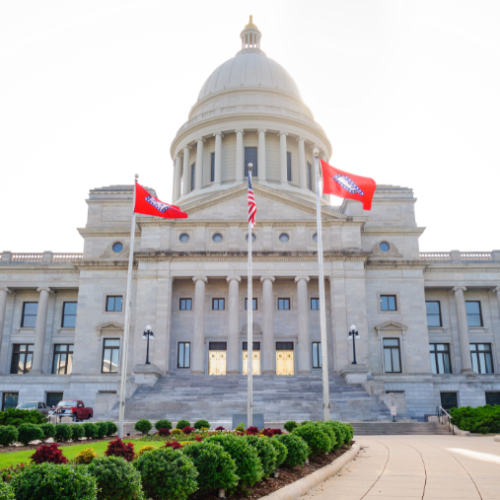
New Hampshire Governor’s Commission on Mental Illness and the Correction System Reviews Jail Data Analysis
Updated May 11, 2023
On November 3, 2022, the New Hampshire Governor’s Commission on Mental Illness and the Correction System met for the third time to review preliminary findings from the county jail data analysis conducted by CSG Justice Center staff.
Since March 2022, the CSG Justice Center has supported the commission in analyzing jail administrative data, conducting a comprehensive jail assessment, and eventually recommending policy changes. This work is part of the state’s Justice Reinvestment Initiative (JRI). JRI is funded by the U.S. Department of Justice’s Office of Justice Programs’ Bureau of Justice Assistance, Arnold Ventures, and The Pew Charitable Trusts and was jointly initiated by leaders from New Hampshire’s executive, legislative, and judicial branch; county leadership; and leaders of community mental health services.
Key findings from the county jail data analysis are as follows:
- On average, protective custody holds account for 19 percent of all New Hampshire jail entrances. Protective custody holds are a type of arrest where a person is detained by a peace officer for up to 24 hours for being intoxicated or incapacitated.
- Although the number of jail entrances has decreased 40 percent since 2019, the proportion of protective custody holds has remained consistent since then.
- People who were high utilizers of jails (people who have had many short incarcerations) accounted for up to 34 percent of all entrances from 2019 to 2021.
- In the same period, people who were high jail utilizers had up to 13 more entrances than people who were not high utilizers.
- People who were high jail utilizers accounted for 23 percent of all protective custody holds from 2019 to 2021.
- In the same period, 35 percent of people who were high jail utilizers stayed in jail from 0 to 1 day.
In addition to the county jail data analysis, the commission discussed four key systemic challenges identified through the CSG Justice Center’s qualitative analysis:
- Statewide variations in practice, resources, and staffing, such as inconsistent jail mental health and substance use screening and referral practices, wide variations in the availability and depth of reentry planning, and community mental health wait list times from several weeks to months due to staffing shortages
- Gaps in community mental health and substance use resources
- Siloed jail and community treatment systems and siloed funding due to limited formalized relationships between jails and community services and treatment providers, inconsistent coordination between Department of Health and Human Services (DHHS) and counties, and lack of flexible funding to serve people with complex needs
- Inconsistent use of protective custody holds
The commission, in partnership with jail superintendents and DHHS, will explore policy recommendations beginning in the spring of 2023.
This project was supported by Grant No. 2019- ZB-BX-K002 awarded by the Bureau of Justice Assistance. The Bureau of Justice Assistance is a component of the Department of Justice’s Office of Justice Programs, which also includes the Bureau of Justice Statistics, the National Institute of Justice, the Office of Juvenile Justice and Delinquency Prevention, the Office for Victims of Crime, and the SMART Office. Points of view or opinions in this document are those of the author and do not necessarily represent the official position or policies of the U.S. Department of Justice.
About the author


Arkansas policymakers have long expressed concerns about the state’s high recidivism rate. Over the past 10 years, an…
Read MoreIn April 2025, Arkansas Governor Sarah Huckabee Sanders signed a package of bipartisan criminal justice legislation into law,…
Read More Explainer: Key Findings and Options from Arkansas’s Justice Reinvestment Initiative
Explainer: Key Findings and Options from Arkansas’s Justice Reinvestment Initiative
Arkansas policymakers have long expressed concerns about the state’s high recidivism rate.…
Read More Explainer: How a New Law in Arkansas Tackles Crime, Recidivism, and Community Supervision Challenges
Explainer: How a New Law in Arkansas Tackles Crime, Recidivism, and Community Supervision Challenges
In April 2025, Arkansas Governor Sarah Huckabee Sanders signed a package of…
Read More










